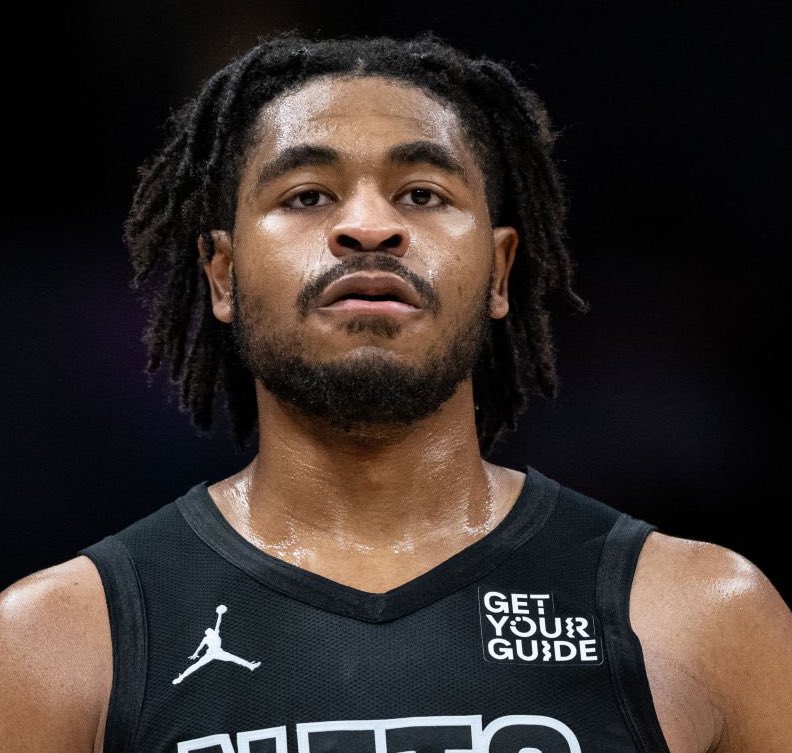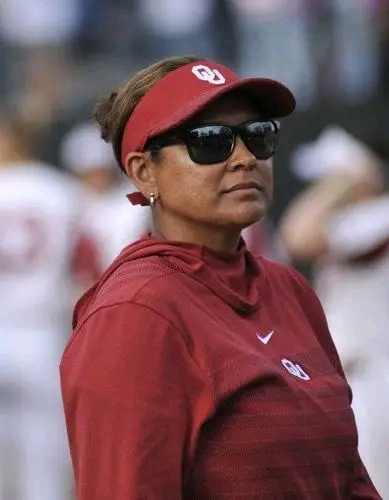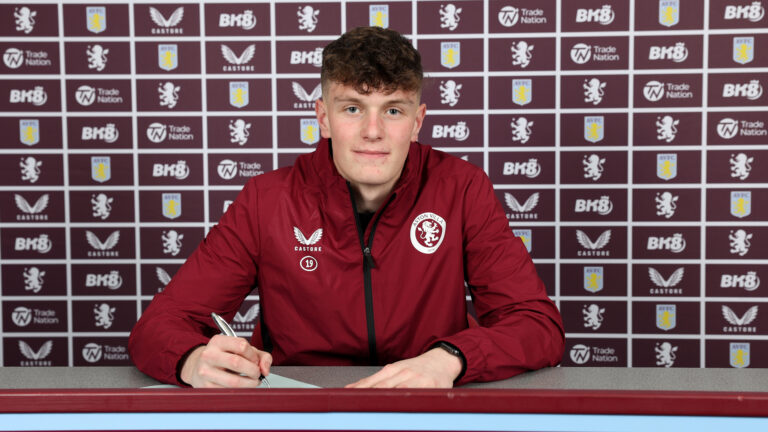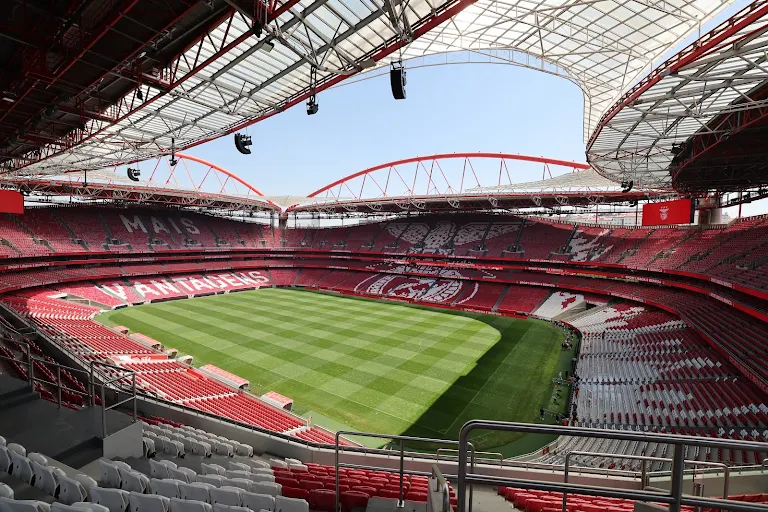
Cam Thomas is reportedly aiming for a lucrative contract worth nearly $40 million per year, positioning himself among the NBA’s top young scorers and expressing confidence that his value rivals or even surpasses that of notable contemporaries such as Jalen Green, Immanuel Quickley, and Tyler Herro. This ambitious demand reflects both Thomas’s growing reputation as a prolific scorer and his belief in his ability to contribute at a high level on any team.
Thomas, a dynamic shooting guard known for his scoring versatility and shooting efficiency, has steadily developed into a key offensive option since entering the league. His ability to create shots off the dribble, combined with a quick release and range extending beyond the three-point line, has made him a threat that opposing defenses must account for. Over the past seasons, he has demonstrated flashes of brilliance, including multiple high-scoring outings that showcased his potential as a primary scorer.
The reported salary expectation places Thomas in a competitive tier with other young guards who have made significant impacts early in their careers. Players like Jalen Green of the Houston Rockets, Immanuel Quickley of the New York Knicks, and Tyler Herro of the Miami Heat have all secured substantial contracts based on their scoring ability, versatility, and contributions to team success. By comparing himself to these players, Thomas is signaling his desire to be recognized as part of that elite group.
Thomas’s camp believes that his scoring output, efficiency metrics, and improvement trajectory justify the near $40 million annual figure. His agents and advisors are likely leveraging advanced analytics and highlight performances to support their case during contract negotiations. While some team executives may view the asking price as aggressive, others recognize the growing market for young, dynamic scorers and understand the value of locking in promising talent.
The negotiation process may involve careful consideration of contract length, guarantees, and potential incentives tied to performance benchmarks such as scoring averages, team success, or playoff appearances. Thomas’s desire for a high-value deal could also influence the market, potentially driving up salaries for comparable players and affecting team salary cap strategies.
From the team’s perspective, investing in Thomas at this level would require confidence in his ability to consistently perform and contribute to winning basketball. They will weigh factors such as his fit within the roster, defensive capabilities, and leadership qualities alongside his offensive production. The financial commitment would also reflect expectations for Thomas to continue his development and play a significant role in the team’s future.
Observers note that while Thomas has shown impressive scoring talent, sustaining high-level performance over multiple seasons is critical to justifying a max or near-max contract. Consistency, durability, and the ability to impact games beyond scoring—such as playmaking and defense—will likely be key components evaluated by teams and analysts.
As discussions continue, the outcome of Thomas’s contract negotiations will be closely watched by fans, media, and industry insiders alike. A successful agreement could solidify his status as one of the NBA’s rising stars and serve as a benchmark for future rookie-scale and restricted free-agent contracts. Conversely, a prolonged negotiation or holdout could introduce uncertainty but also demonstrate his commitment to securing fair compensation.
Ultimately, Thomas’s pursuit of a nearly $40 million annual salary underscores the evolving economics of the NBA and highlights the premium placed on scoring talent in today’s game. How the negotiations unfold will offer insights into team valuation of young players and set the tone for contract discussions in the coming seasons.




